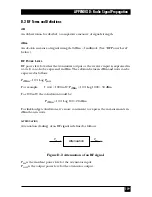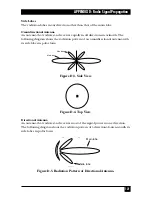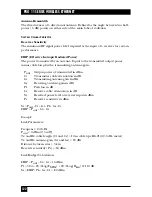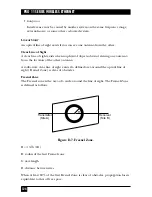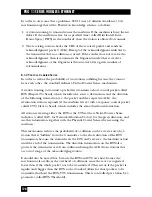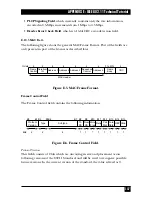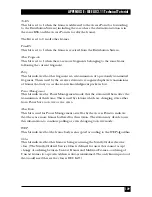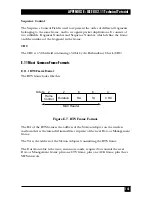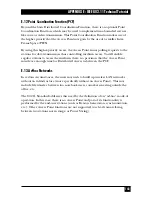
132
PRO 11 SERIES WIRELESS ETHERNET
The 802.11 standard defines an Exponential Backoff Algorithm that must be
executed in the following cases:
• When the station senses the medium before the first transmission of a packet,
and the medium is busy
• After each retransmission, and
• After a successful transmission
The only case when this mechanism is not used is when the station decides to
transmit a new packet and the medium has been free for more than DIFS.
The following figure shows a schematic of the access mechanism:
Figure E-4. Access Mechanism.
E.4 How Does a Station Join an Existing Cell (BSS)?
When a station wants to access an existing BSS (either after power-up, after sleep
mode, or just entering the BSS area), the station needs to get synchronization
information from the Access Point (or from the other stations when in ad-hoc
mode, which will be discussed later).
The station can get this information by one of two means:
1. Passive Scanning: In this case the station just waits to receive a Beacon Frame
from the Access Point (the beacon frame is a frame sent out periodically by the
Access Point containing synchronization information), or
2. Active Scanning: In this case the station tries to locate an Access Point by
transmitting Probe Request Frames, and waits for Probe Response from the
Access Point.
Immediate access when medium
is free
≥
DIFS
Busy Medium
Defer Access
Slot Time
Select Slot and Decrement Backoff
as Long as Medium Is Idle
DIFS
Contention Window
Backoff Window
Next Frame
PIFS
SIFS
DIFS
Содержание LW0050A
Страница 2: ......


